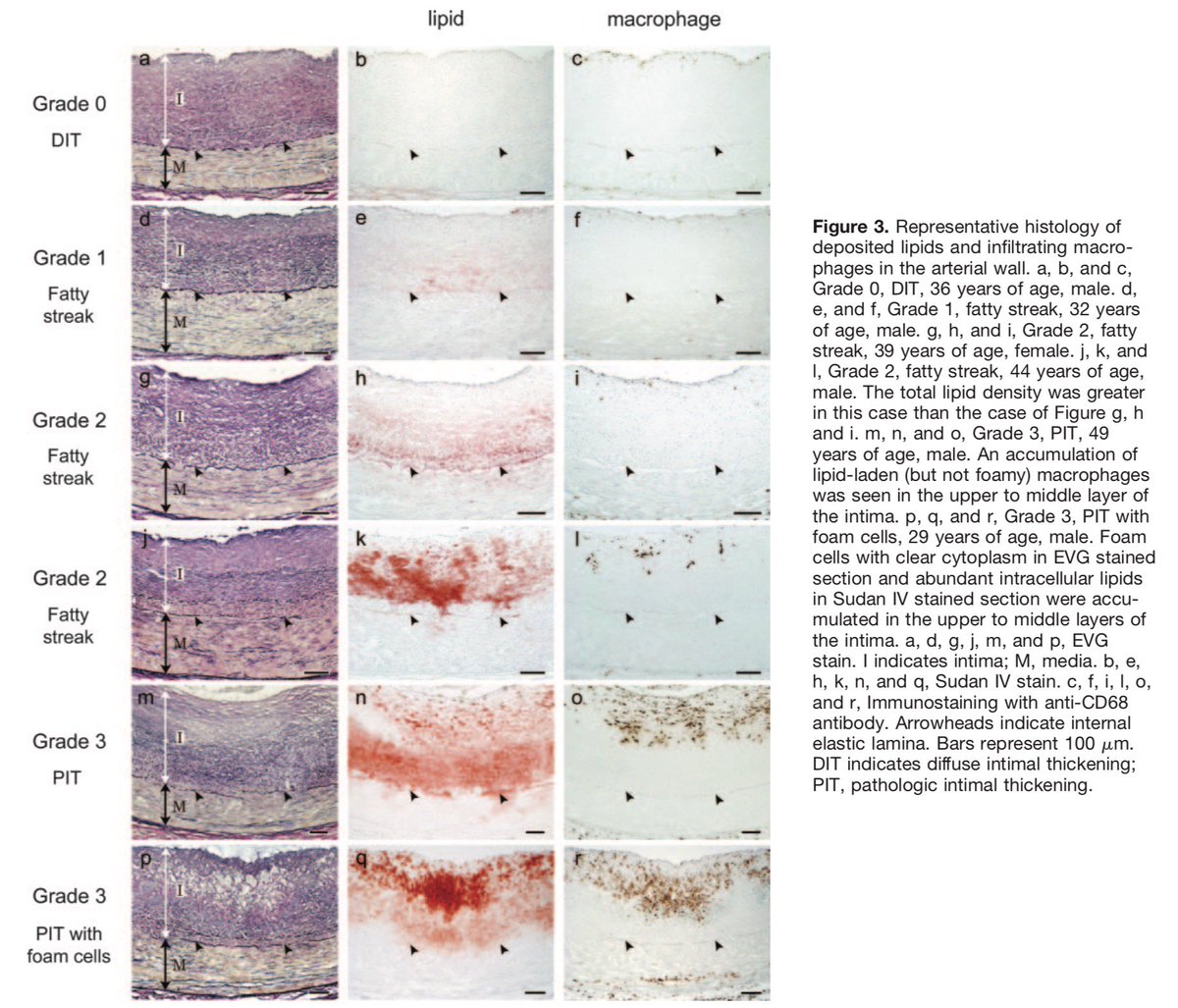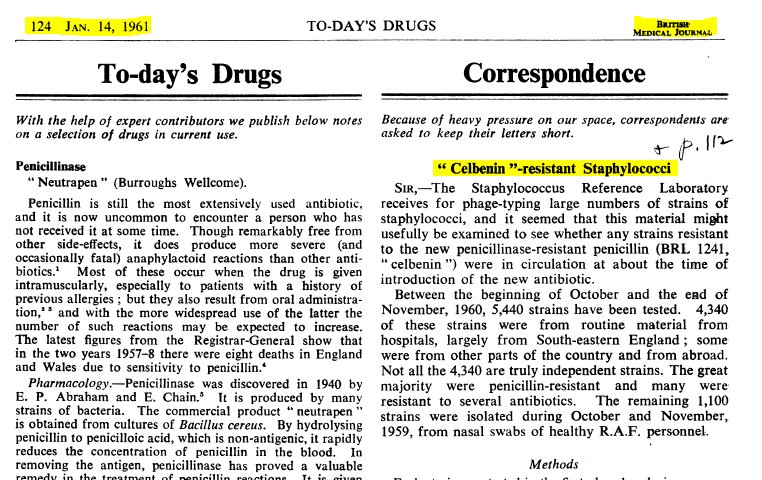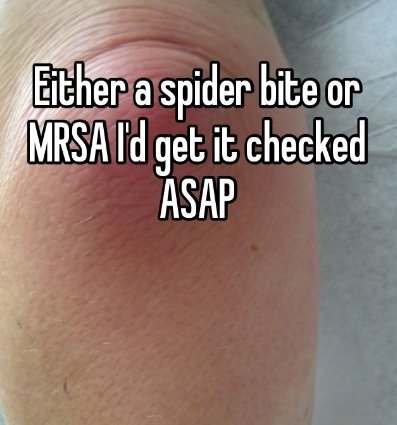1. Question: How do mice locate objects with their whiskers? There are many models, but nobody knows for sure.
We investigated six models of whisker-guided object localization to determine the simplest model that fit behavior best.
cell.com/current-biolog…

Their exploration pattern was intentional, adaptive to touch, directed to the rewarded location range, and noisy.
Spikes in L4 of S1 are tightly correlated to touch. Both M1 and L4 S1 neurons project to L5B excitatory neurons of S1. We speculate midpoint info from M1 is combined with touch count info from L4 S1 to produce a location code in L5B.
For a deeper dive, please see our full paper in @CurrentBiology published online today.
cell.com/current-biolog…




















